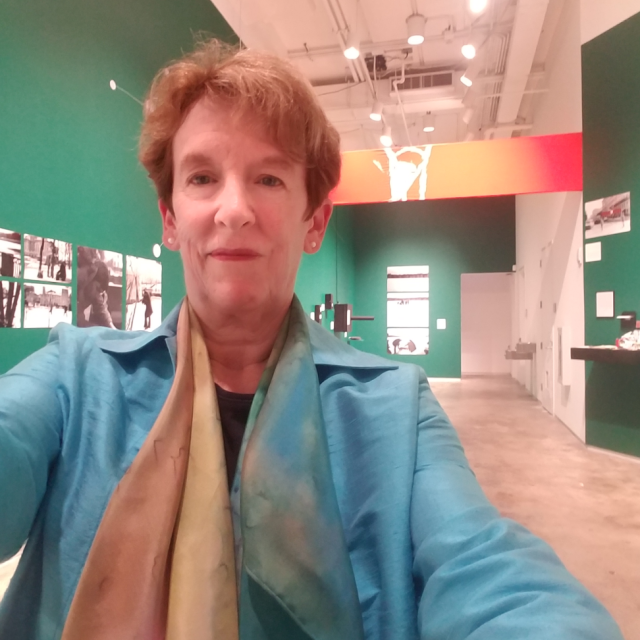I've argued for a number of years for the need for a revised approach to Moscow Conceptualism, one that would take into account the generational and artistic divisions found in the most important movement in Russian pictorial art of the late twentieth century. In the current disastrous political climate, it is more important than ever that we understand how unofficial artists were able to counter both the hegemonic tendencies of Socialist Realism and the pieties of underground modernism to imagine a postmodern future that transcends national and artistic boundaries. My book Moscow Conceptualism, 1975-1985: Words, Deeds, Legacies looks closely at the movement's legacy in both the late-Soviet and post-Soviet eras.
Building on my work on Moscow Conceptualism, I'm interested in the changing nature of performance in collaborative artwork and in the evolution of performance art in particular in the late-Soviet environment and post-Soviet universe. My current project focuses on the changing nature of the art collective in such groups as the Nest, TOTART, Kupidon, Voina, Eti, Chto Delat, Slavs and Tatars, Zagagoolina, and others.


